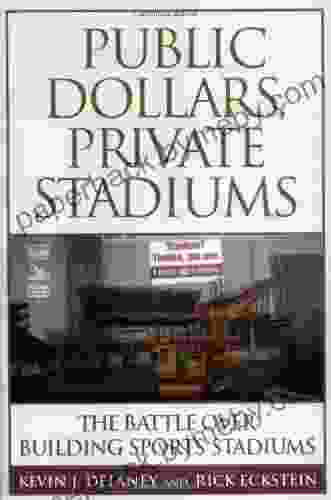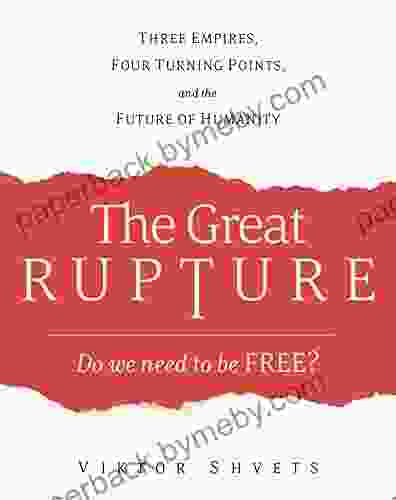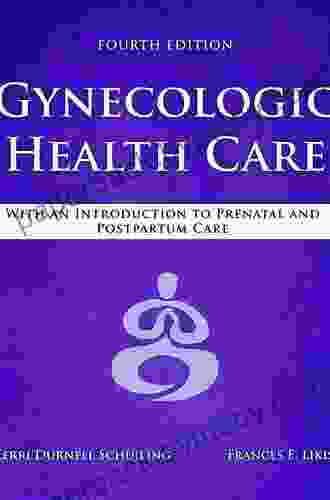The Battle Over Building Sports Stadiums: A Comprehensive Guide to the Pros and Cons

The construction of sports stadiums has been a controversial topic for decades, with proponents and opponents alike offering compelling arguments. In recent years, the debate has only intensified, as the cost of building new stadiums has skyrocketed and the benefits have become increasingly difficult to quantify.
4.6 out of 5
| Language | : | English |
| File size | : | 4529 KB |
| Text-to-Speech | : | Enabled |
| Screen Reader | : | Supported |
| Word Wise | : | Enabled |
| Print length | : | 248 pages |
In this comprehensive guide, we will explore the pros and cons of building sports stadiums, taking into account the economic, social, and environmental implications. We will also provide a balanced overview of the arguments for and against stadium construction, so that you can make an informed decision about where you stand on this important issue.
Economic Impacts
One of the most significant arguments in favor of building sports stadiums is the economic impact they can have on a community. Stadiums can create jobs, generate tax revenue, and boost tourism spending. A study by the University of California, Berkeley found that the construction of a new NFL stadium in San Francisco generated $1.2 billion in economic activity and created 8,500 jobs.
However, opponents of stadium construction argue that these economic benefits are often overstated. They point out that many of the jobs created during construction are temporary, and that the long-term economic impact of a stadium is often negligible. A study by the Brookings Institution found that the construction of a new baseball stadium in Washington, D.C. had no significant impact on the city's economy.
Social Impacts
Another argument in favor of building sports stadiums is the social impact they can have on a community. Stadiums can provide a sense of place and pride, and they can be a catalyst for community building. A study by the University of Southern California found that the construction of a new football stadium in Los Angeles had a positive impact on the city's social fabric, increasing civic engagement and reducing crime rates.
However, opponents of stadium construction argue that these social benefits are often exaggerated. They point out that stadiums are often located in affluent areas, and that they do little to benefit the broader community. A study by the University of Chicago found that the construction of a new basketball stadium in Chicago had no significant impact on the city's crime rates or social cohesion.
Environmental Impacts
One of the most significant concerns about building sports stadiums is the environmental impact. Stadiums can require large amounts of land, and they can generate significant pollution during construction and operation. A study by the Natural Resources Defense Council found that the construction of a new football stadium in New York City would generate 1.2 million tons of greenhouse gases.
However, proponents of stadium construction argue that these environmental impacts can be mitigated. They point out that many new stadiums are being built with sustainable materials and designs. A study by the University of Maryland found that the construction of a new baseball stadium in Baltimore had a negative impact on the environment, but that the impact was minimized by using sustainable construction practices.
The decision of whether or not to build a sports stadium is a complex one, with no easy answers. There are valid arguments to be made on both sides of the issue, and it is important to weigh all of the factors before making a decision.
If you are considering building a sports stadium in your community, it is important to do your research and carefully consider the potential economic, social, and environmental impacts. You should also involve the community in the decision-making process, and make sure that there is a clear understanding of the benefits and risks involved.
4.6 out of 5
| Language | : | English |
| File size | : | 4529 KB |
| Text-to-Speech | : | Enabled |
| Screen Reader | : | Supported |
| Word Wise | : | Enabled |
| Print length | : | 248 pages |
Do you want to contribute by writing guest posts on this blog?
Please contact us and send us a resume of previous articles that you have written.
 Book
Book Novel
Novel Page
Page Chapter
Chapter Text
Text Story
Story Genre
Genre Reader
Reader Library
Library Paperback
Paperback E-book
E-book Magazine
Magazine Newspaper
Newspaper Paragraph
Paragraph Sentence
Sentence Bookmark
Bookmark Shelf
Shelf Glossary
Glossary Bibliography
Bibliography Foreword
Foreword Preface
Preface Synopsis
Synopsis Annotation
Annotation Footnote
Footnote Manuscript
Manuscript Scroll
Scroll Codex
Codex Tome
Tome Bestseller
Bestseller Classics
Classics Library card
Library card Narrative
Narrative Biography
Biography Autobiography
Autobiography Memoir
Memoir Reference
Reference Encyclopedia
Encyclopedia Ron Hackett
Ron Hackett Philip Pullman
Philip Pullman Simon Buxton
Simon Buxton Steve Ramirez
Steve Ramirez Letina Jenkins
Letina Jenkins Sean Poage
Sean Poage Ken Tilbury
Ken Tilbury S A Mulraney
S A Mulraney Kindle Edition With Audio Video
Kindle Edition With Audio Video Michelle Mone
Michelle Mone Zoe Sugg Aka Zoella
Zoe Sugg Aka Zoella Ken Paulson
Ken Paulson Kim Smith
Kim Smith Tim Bell
Tim Bell Seymour Reit
Seymour Reit Roy Popson
Roy Popson Kevin Kwan
Kevin Kwan Kevin A Hassett
Kevin A Hassett Rory D Nelson
Rory D Nelson Lindsay Helm
Lindsay Helm
Light bulbAdvertise smarter! Our strategic ad space ensures maximum exposure. Reserve your spot today!
 Harold PowellFollow ·16.3k
Harold PowellFollow ·16.3k Brett SimmonsFollow ·4.6k
Brett SimmonsFollow ·4.6k Jessie CoxFollow ·2.4k
Jessie CoxFollow ·2.4k Christopher WoodsFollow ·13.3k
Christopher WoodsFollow ·13.3k Gabriel BlairFollow ·11.5k
Gabriel BlairFollow ·11.5k Jerry HayesFollow ·15.2k
Jerry HayesFollow ·15.2k William PowellFollow ·11k
William PowellFollow ·11k Leo MitchellFollow ·9k
Leo MitchellFollow ·9k

 Isaac Asimov
Isaac AsimovEmbark on an Epic Adventure: The Colorado Trail 9th...
Unveiling the Treasures of the Colorado...

 Clinton Reed
Clinton ReedUltimate Football Heroes: Uncover the Gridiron Greatness...
Enter the World...

 Ibrahim Blair
Ibrahim BlairUnveiling the Secrets of Stolen Focus: A Journey to...
In today's relentless digital...

 Colt Simmons
Colt SimmonsRediscover the Founding Father's Vision: Thomas Jefferson...
Immerse Yourself in the Unedited Words of...

 Juan Butler
Juan ButlerExcel in Language Learning: The Ultimate Self-Study...
Unlock Your Language Potential with Our...
4.6 out of 5
| Language | : | English |
| File size | : | 4529 KB |
| Text-to-Speech | : | Enabled |
| Screen Reader | : | Supported |
| Word Wise | : | Enabled |
| Print length | : | 248 pages |














